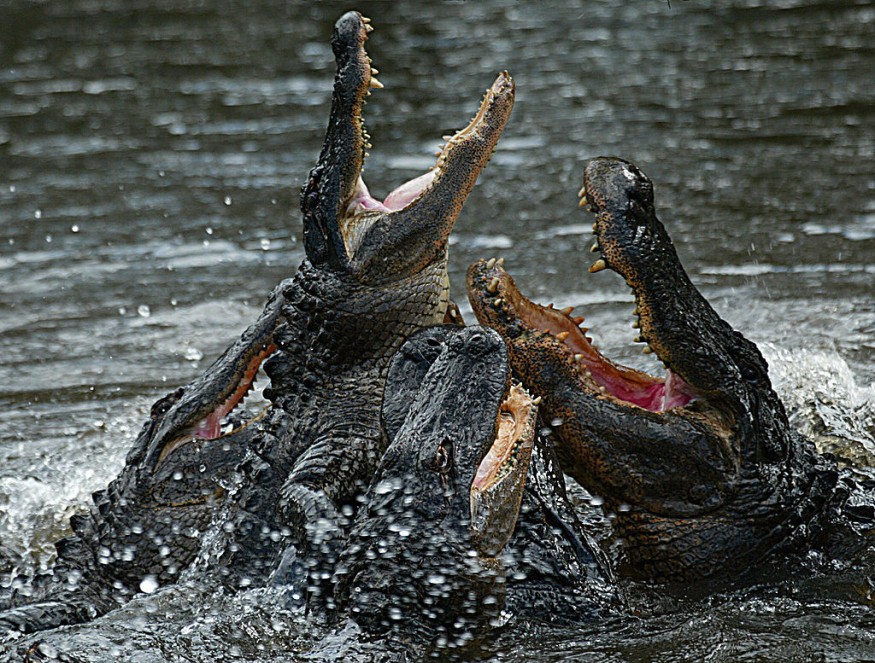Alligators use their snouts above frozen lakes, ponds, or swamps like snorkels to survive the winter months.
This comes as the US once again face a raging winter storm.
Surviving the Cold

Alligators adapt or deal with cold weather primarily through brumation, which is like the reptile version of hibernation, according to Adam Rosenblatt, an ecologist and alligator expert with the University of North Florida, told Newsweek.
During the said brumation process, alligators enter a period of dormancy where their metabolic activity and body movement decreases.
In a physiological perspective, brumating is reportedly not the same as hibernating, but they are both natural adaptations that allow animals to survive through the cold, especially during the winter months when freezing temperatures are commonplace.
During such period, some animals in the Northern Hemisphere migrate southward but some remain to find alternative methods to survive the winter.
Although most cold-blooded animals will decrease their metabolism rate during the winter months, some animals have evolved to stop them almost completely, the online news platform said.
The wood frog, for instance, survives the cold by allowing its body to freeze partially; it has evolved the ability to restart its metabolism from near zero after a freeze event, Rosenblatt added.
The expert clarified that cold-blooded animals have many different strategies for surviving the winter but most of them involve finding somewhere to hide like underground, inside a tree, under a leaf litter, and among others.
These life-saving measures allow them to stay warm enough to survive.
Alligator Brumation
North American alligators, which were almost extinct before, are survivors and can potentially adapt to modern climate change as they have done before in ancient times.
The cold-blooded reptiles can survive in water temperatures as low as 40 degrees Fahrenheit, according to the Louisiana-based Cajun Encounters Tour Company.
Alligators can have an inclination to stop feeding when the temperature drops below 70 degrees and become dormant at around 55 degrees Fahrenheit.
The reptiles can slow their metabolism and eat less during the colder months.
However, such adjustment does not mean the alligators will starve to death since they can go into brumation mode, still making them aware of their surroundings.
Oftentimes, gators will brumate on the bottom of a swamp and resurface once a day just to breathe, the tour company says.
If a body of water reaches its freezing point, alligators will surface the tips or edge of their snouts above the ice in a procedure called "snorkeling"; where only their nostrils are visible while the rest of the gator's body is submerged in frozen water.
US Winter Season
The winter season in the US has arrived this December, which already saw several winter storms striking the country from coast to coast, bringing heavy snow, howling winds, blizzard conditions, and freezing temperatures.
In recent days, multiple forecasts says a powerful winter storm hovering over the Central US could disrupt holiday travel plans across the US ahead of Christmas, according to CBS News.
This winter weather and cold temperatures could also force some animals into hibernation, in addition to the brumating gators.
© 2025 NatureWorldNews.com All rights reserved. Do not reproduce without permission.





